Fashion Design 101: How to Sketching from Concept to Creation
Written by DoraFashion
Embark on a fascinating journey into the world of fashion sketching! Explore the intricacies of turning your conceptual ideas into tangible designs. This series delves into the art of sketching, guiding you through the process of transforming your imagination into stunning fashion illustrations.
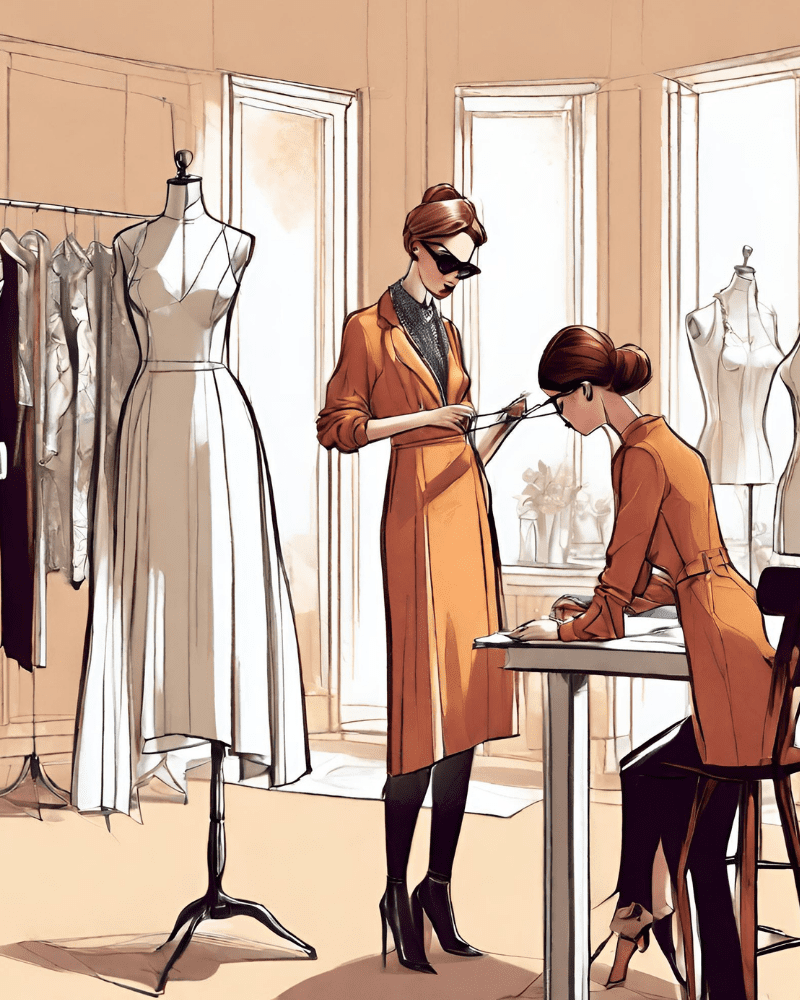

Sketching Techniques
Uncover the intricate world of sketching techniques, from the delicate strokes that breathe life into fabric textures to the precise lines defining the contours of your designs. Dive into a detailed exploration of shading, hatching, and rendering methods that add depth and dimension to your fashion illustrations.
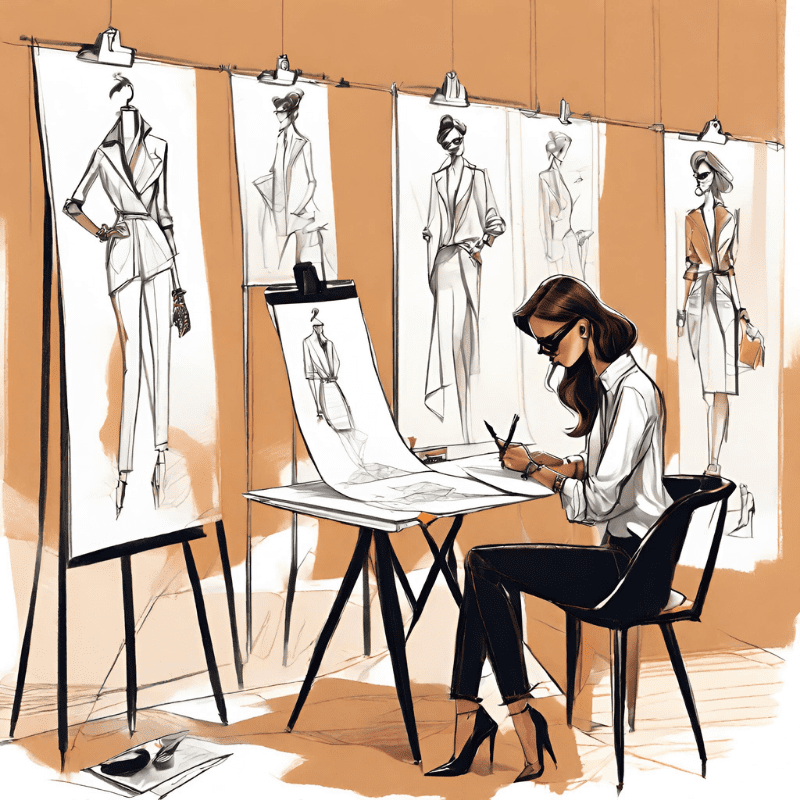
Sketching for Fashion Design: A Journey from Concept to Creation
Sketching is the heartbeat of fashion design, translating ideas into visual narratives. It’s the bridge between imagination and reality, giving form to the designer’s vision. Explore the art of sketching as a dynamic tool for expressing creativity and laying the foundation for breathtaking fashion collections.
Principles of Sketching:
1. Pencil as Your Wand:
- Why It Matters: The humble pencil becomes a magical wand in the hands of a fashion designer. Understand the various types of pencils and how to leverage different grades for sketching garments, textures, and details.
2. The Anatomy of a Fashion Sketch:
- Why It Matters: A fashion sketch is not just about drawing a pretty outfit; it’s about capturing the essence of the design. Break down the components of a fashion sketch, from croquis to garment details.
3. Sketching Your Design Language:
- Why It Matters: Develop a distinctive sketching style that reflects your design philosophy. Dive into the importance of creating a recognizable design language through consistent sketching techniques.
4. From Concept to Reality:
- Why It Matters: Sketching is the initial step in turning a design concept into a tangible creation. Explore how a well-executed sketch serves as a blueprint for the entire design process, from pattern-making to garment construction.
Practical Sketching Tips for Budding Designers
1. Sketching Fabric Textures:
- Why It Matters: Elevate your sketches by mastering the art of depicting different fabric textures. Learn techniques to convey the feel of silk, denim, lace, and more.
2. Rapid Sketching for Ideas:
- Why It Matters: Fashion waits for no one, and ideas can strike at any moment. Develop skills in rapid sketching to quickly capture and communicate design inspirations.
3. Digital Sketching Tools:
- Why It Matters: Embrace technology to enhance your sketching capabilities. Explore the world of digital sketching tools and how they can complement traditional sketching methods.

Mastering Pencil Techniques for Nuanced Sketches
Pencil techniques are the cornerstone of expressive fashion illustrations. Understanding shading, hatching, and blending is pivotal for creating depth and texture in your sketches.
Section 1: Shading:
- Definition: Shading involves creating gradients and tones to depict light and shadow.
- Techniques: Explore cross-hatching, stippling, and layering for varied shading effects.
- Practice: Demonstrate shading on basic shapes, gradually progressing to fabric folds and clothing details.
Section 2: Hatching:
- Definition: Hatching utilizes parallel lines to indicate shadow and form.
- Techniques: Experiment with different line weights and angles to convey texture and depth.
- Application: Apply hatching to illustrate garments, emphasizing texture and movement.
Section 3: Blending:
- Definition: Blending merges different tones or colors seamlessly for a smooth transition.
- Techniques: Employ blending stumps, tissue paper, or fingers for soft transitions.
- Exercises: Practice blending to refine skin tones and fabric surfaces.
By mastering these pencil techniques, you’ll breathe life into your sketches, achieving nuanced and captivating fashion illustrations.
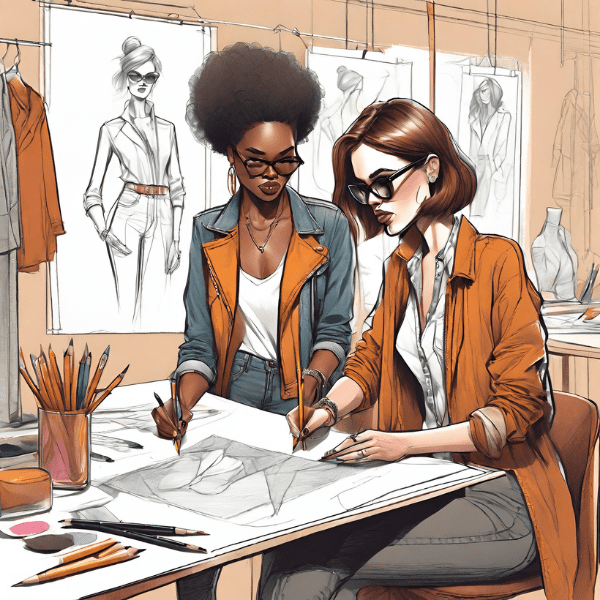
Fashion Sketch Essentials: Mastering Key Elements
Lesson 1: Proportionate Figures
- Objective: Understanding body proportions for fashion sketches.
- Topics Covered: Anatomy basics, figure proportions, creating stylized yet realistic figures.
- Practical Exercises: Sketching basic figure shapes, exploring different body types.
Lesson 2: Facial Expressions
- Objective: Portraying emotions effectively in fashion illustrations.
- Topics Covered: Expressive facial features, mood depiction, conveying emotions through sketches.
- Practice Activities: Sketching various facial expressions, aligning with garment styles.
Lesson 3: Fabric Representation
- Objective: Illustrating fabric textures convincingly.
- Topics Covered: Fabric rendering techniques, capturing different textures (silk, denim, lace, etc.).
- Exercises: Texture studies, mastering hatching and shading for fabric details.
Lesson 4: Harmonizing Elements
- Objective: Bringing all elements together into cohesive sketches.
- Topics Covered: Integrating figures, expressions, and fabric representation into a single illustration.
- Final Project: Creating a fashion sketch that incorporates all learned elements.
By mastering these key elements, aspiring designers can elevate their fashion sketches, adding depth, realism, and expressive details to their illustrations.

Discovering Your Unique Sketching Style: A Designer’s Journey
Part 1: Unveiling Personal Style
- Introduction: Understanding the importance of a unique sketching style in fashion design.
- Self-Exploration: Analyzing personal preferences, influences, and inspirations in design.
- Exercises: Sketching sessions exploring various styles, experimenting with lines, strokes, and expressions.
Part 2: Embracing Visual Storytelling
- Art of Storytelling: Exploring how sketches narrate stories within the fashion realm.
- Developing Narrative: Crafting sketches that convey emotions, themes, or brand identity.
- Practical Tasks: Sketching exercises focusing on storytelling elements, character expressions, and contextual backgrounds.
Part 3: Refining Your Signature Style
- Style Evolution: Assessing sketches, identifying preferred elements, and refining the unique style.
- Feedback and Iteration: Reviewing work, seeking feedback, and evolving the personal sketching style.
- Final Project: Creating a series of sketches that reflect the newly honed personal style.
This journey guides budding designers in recognizing their distinct sketching style, infusing storytelling elements, and refining their artistic expression, empowering them to create impactful fashion sketches.
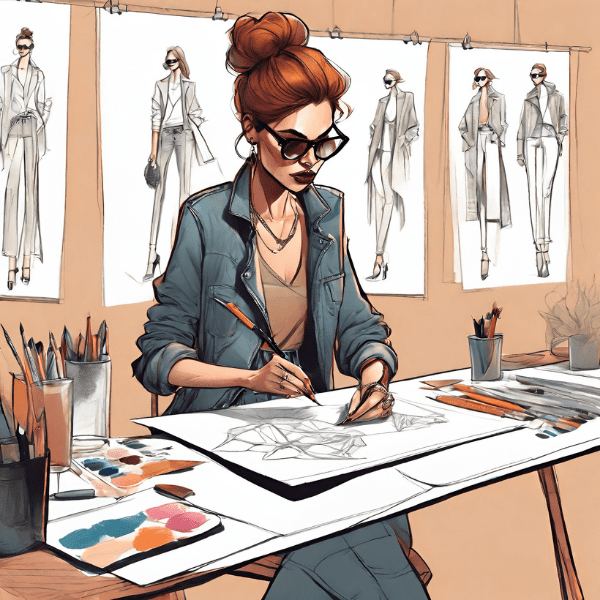
Enhancing Rapid Sketching: Exercises for Creative Spontaneity
- Understanding Rapid Sketching: Exploring the significance of spontaneous sketches in the design process.
- Importance of Spontaneity: Emphasizing the role of quick sketches in idea generation and design iteration.
Exercise 1: Gesture Sketching
- Concept Introduction: Introducing the concept of gesture sketches and their relevance.
- Practical Session: Guided exercises focusing on capturing figures’ gestures and movements swiftly.
Exercise 2: Quick Clothing Concepts
- Quick Conceptualization: Exploring rapid clothing ideas on figures captured in gesture sketches.
- Practical Task: Speed sketching clothing concepts to complement the gestures, enhancing the visual narrative.
Exercise 3: Contextual Sketching
- Creating Context: Incorporating elements around figures to add depth to sketches.
- Practical Application: Rapidly sketching backgrounds or settings to contextualize fashion designs.
Exercise 4: Time-Constrained Challenges
- Timed Challenges: Setting time limits for sketches to encourage quick decision-making.
- Variety in Styles: Encouraging diverse approaches within limited timeframes for versatility.
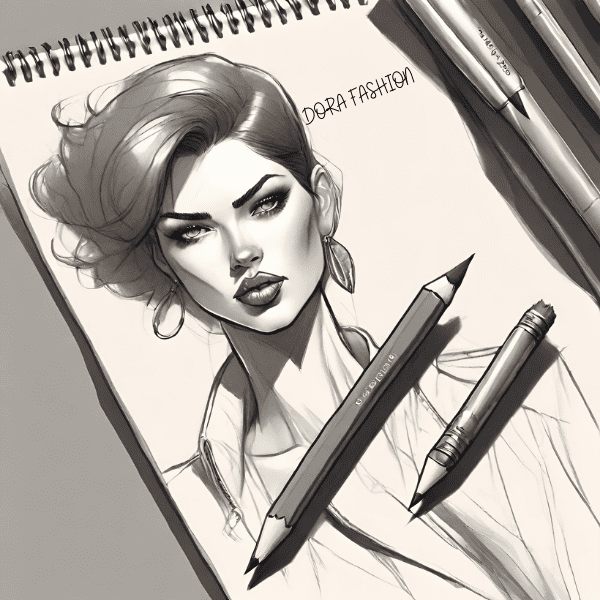

Fashion Design 101: The Color Theory
Next UP!
When it comes to the importance of color palette and color harmony in fashion design, understanding the dynamics of color is crucial. Here’s a brief exploration of the significance, along with insights into who influences popular color palettes in the fashion industry:
Categories
Dora Fashion
Fabrics
Manufacturing
Fashion Design
Marketing & Branding
Related Articles
Related
How To Create a TechPack : Fashion Design 101
In The Fashion Industry, A Tech Pack Is The Cornerstone Of Successful Garment Production. With Your Custom Template, You're Empowered To Streamline The Process, Ensuring Precise Communication Between Your Vision And The Manufacturers.Creating a Comprehensive TechPack:...
Fashion Design 101: Understanding the Basics
Welcome to "Fashion Designs 101: Understanding the Basics." This series is your gateway into the exciting world of fashion design. From fundamental techniques to the art of color selection and finding creative inspirations, join us on a journey that unlocks the...
Fashion Design 101: The Color Theory and Color Influencers
Color Theory In Fashion Design Revolves Around Understanding How Colors Interact, Complement, Or Contrast To Evoke Emotions And Convey Messages Through Clothing. It Encompasses The Color Wheel, Harmonies, Contrasts, And Their Psychological Effects. This Knowledge...


Hi there! This is my first visit to your blog! We
are a team of volunteers and starting a new project in a community in the same niche.
Your blog provided us valuable information to work on. You have done a marvellous job!